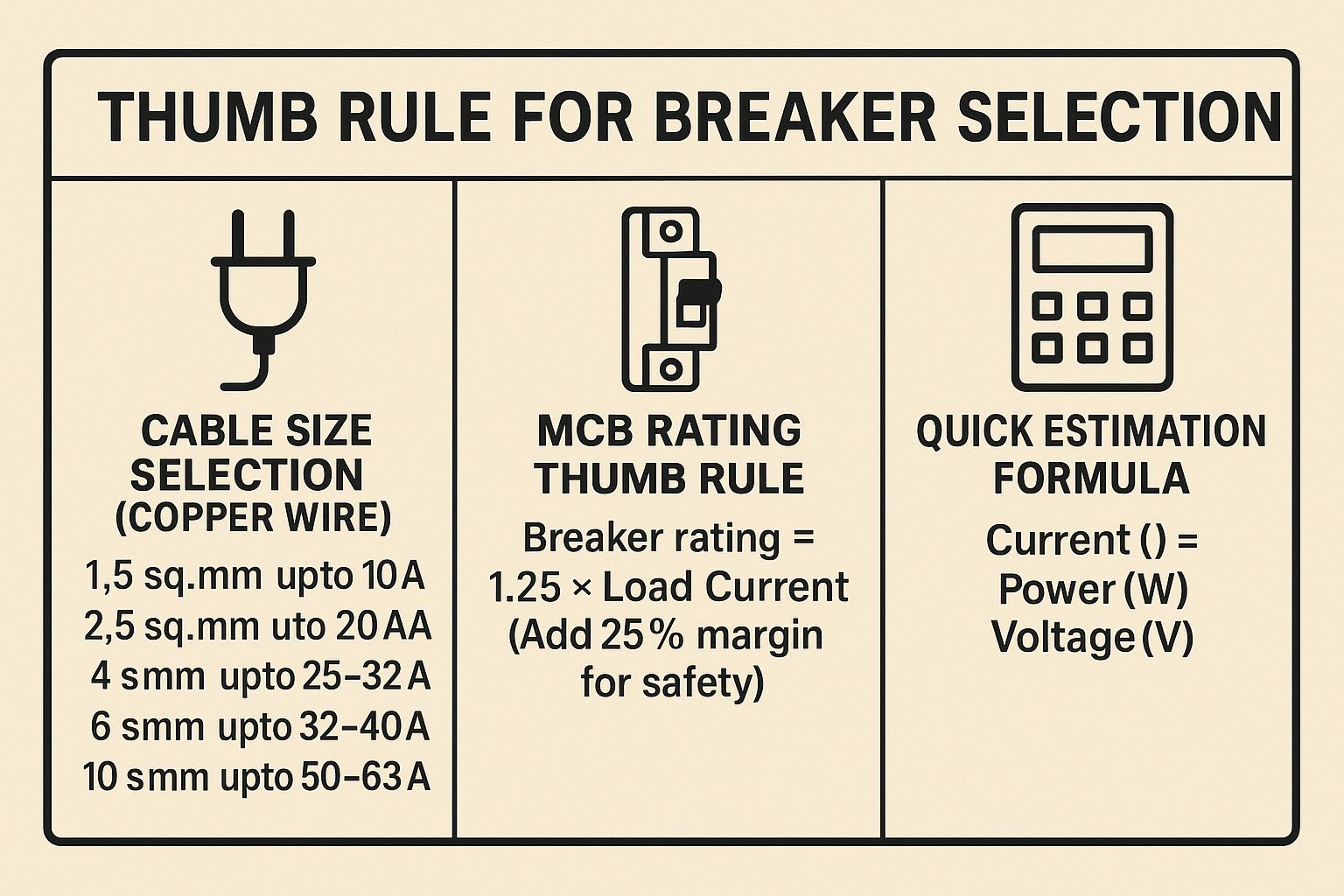
Explore
close
All Suppliers
- Chemicals and Consumables - 09
- Co-Working Spaces - 01
- Engineering Company - 00
- Events and Conferences - 00
- Facility Management - 13
- Fire and Safety - 02
- Food and Beverage - 03
- Health and Fitness - 00
- Homecare Services - 00
- Horticulture - 00
- Manpower Supplier - 01
- Office Stationeries - 02
- Pest Control - 05
- Professional Training and Coaching - 05
- Project Management - 01
- Real Estate - 00
- Security and Man Guarding Services - 05
- Staffing and HRMS - 01
- Sustainability Management - 03
- Technology Services - 04
- Tools and Tackles - 02
- Tours and Travels - 01
- Transport - 04
- Uniforms - 01
menu
 Podcasts
Podcasts 










